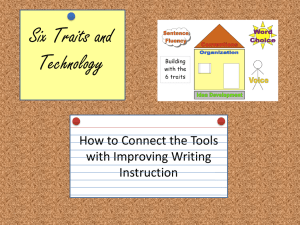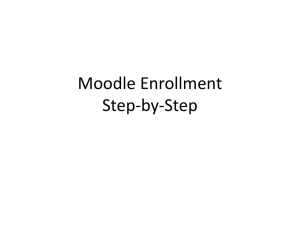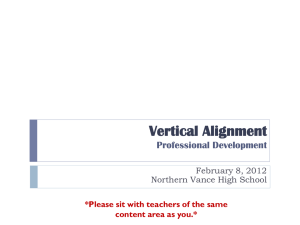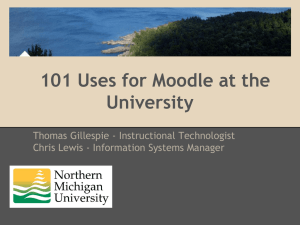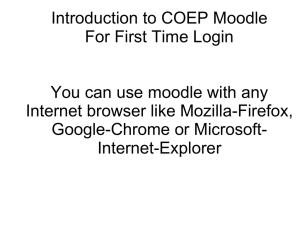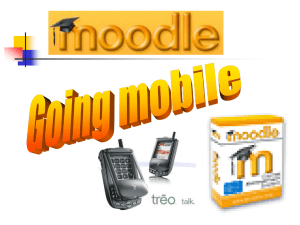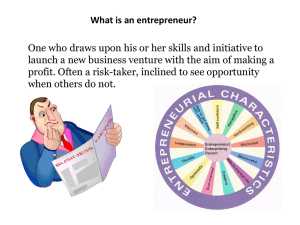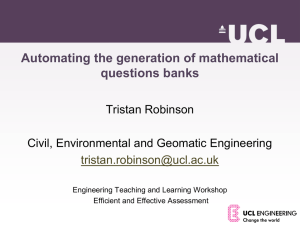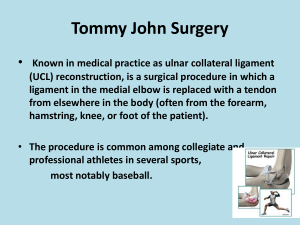Using Moodle for Teaching Writing to Prep Students
advertisement
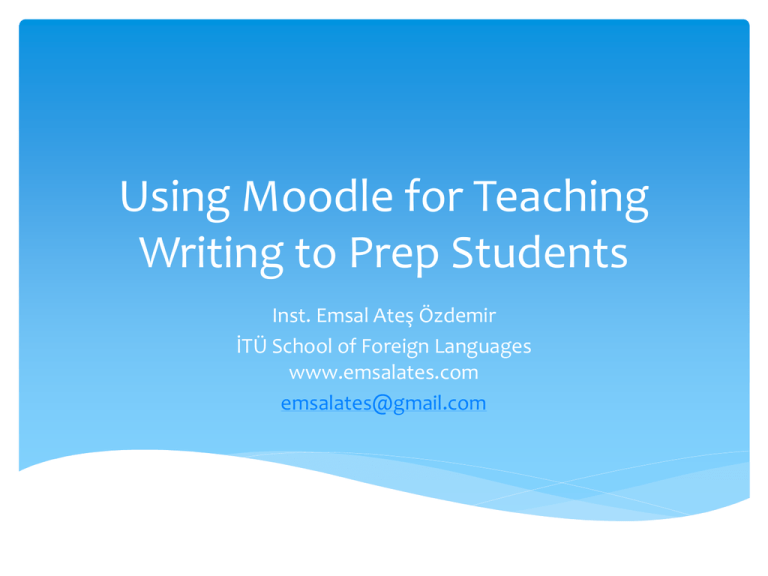
Using Moodle for Teaching Writing to Prep Students Inst. Emsal Ateş Özdemir İTÜ School of Foreign Languages www.emsalates.com emsalates@gmail.com Two approaches for teaching writing Process approach Product approach If you are following these steps... Prewriting (selecting a topic and planning what to say) Drafting Peer / teacher response Revision Editing Process approach Emphasizes prewriting, drafting, revising and editing, and regards writing as a «thinking process» (Brown, 1994) The activities involved in the process approach create the pathway by which students complete their assignments (Calkins, 1994) Good writing does not just happen. The best writers spend a great deal of time thinking, planning, rewriting, and editing." Elizabeth West Challenges for the teacher Setting assignments Following the SS’ process Little time for peer review Little time for individual meetings with SS (after checking the assignments) Carrying lots of assignments in folders home Spending a lot of time editing the papers and giving feedback Tired ?? The Crow and the Pitcher The crow and the Pitcher A Crow, half-dead with thirst, came upon a Pitcher which had once been full of water; but when the Crow put its beak into the mouth of the Pitcher he found that only very little water was left in it, and that he could not reach far enough down to get at it. He tried, and tried, but at last had to give up in despair. Then a thought came to him, and he took a pebble and dropped it into the Pitcher. Then he took another pebble and dropped it into the Pitcher. Then he took another pebble and dropped that into the Pitcher. At last, at last, he saw the water mount up near him, and after casting in a few more pebbles he was able to quench his thirst and save his life. (Aesop, 1912) So? What can be the connection between Aesop’s fable and the presentation? Moodle Modular Object Oriented Dynamic Learning Environment “a course management system (CMS) - a free, open source software package designed using sound pedagogical principles, to help educators create effective online learning communities” (http://moodle.org/) For teaching all courses In short.. Moodle is the name of a program that allows the classroom to extend onto the web (Riordan, M. 2003) What can you do with Moodle? Create online learning spaces called “courses” for your students. Each course has its own set of resources and activities that can be customized in terms of appearance and organization Once you have set up a course, you can fill it with activities and texts (documents), including audio and video. And... Enhance your teaching by designing activities that are tailor-made for your course and students Provide students with links to websites that are relevant to your course Ask students to reflect on their learning through a blog Work in teams to co-author a glossary or a document using a wiki What about using Moodle for a Writing Course? My moodle writing course at first look Moodle modules for writing Assignment (upload a single file) (Advanced uploading of files) (online text) Giving feedback for the assignment Keeping the files Blog SS may use the Moodle blog for creative writing. Real audience Can comment on each others’ writing. This blog is only for the use of the participants of this course, it is not seen on the web. Sample activity (blog) What news have you read recently that caught your attention? Find a story you like and you think your friends might find interesting and tell us about it here. Don’t just copy the story, tell it in your own words. Try answering these questions: What’s the news about? When did it happen? Why is it interesting? (Stanford, 2009) Personal Profile SS write good personal profiles as others will read. Glossary Writing encyclopedia entries (descriptive writing) A topic: famous people towns in your country historical events musicians See the link for other educational uses. http://www.mguhlin.org/2010/06/moodle-glossary-tipsfree-xml-converter.html Sample glossary entry Wiki ‘Wiki’ is an editable web page or set of web pages. Any course member can edit any page on a wiki. Collaborative wiki İndividual wiki Sample activity (wiki) Students work on one big project. For ex, they describe their university to the Erasmus students who will come to study with them. Each person will write about a different aspect of the university Student Subject John Library Matt Sports Facilities Dan The teachers Maria food (Stanford, 2009 ) Forum (Each person posts one discussion) Our trips Where did you go in the last summer holidays? Choose some of your favourite photos and post them in a forum. Next to the images write a commentary. Tell us what’s going on and what you thought about it.(Stanford, 2009) Who dares to teach must never cease to learn. ~ John Cotton Dana References Brown, H. D.(1994). Teaching by principles: An interactive approach to language pedagogy. Englewood Cliffs, NJ:Prentice Hall Regents. Stanford,J. (2009). Moodle 1.9 Teaching Techniques for Teaching English.Packt Publishing. Zhao, Y. (2003). Introduction: What Teachers Need to know about Technology? Framing the question. In Zhao, Y. (ed). What Should Teachers Know about Technology: Perspectives and Practices. Greenwich, CT: Information Age Publishing. Thank you! e-mail : emsalates@gmail.com Presentation link: www.emsalates.com

